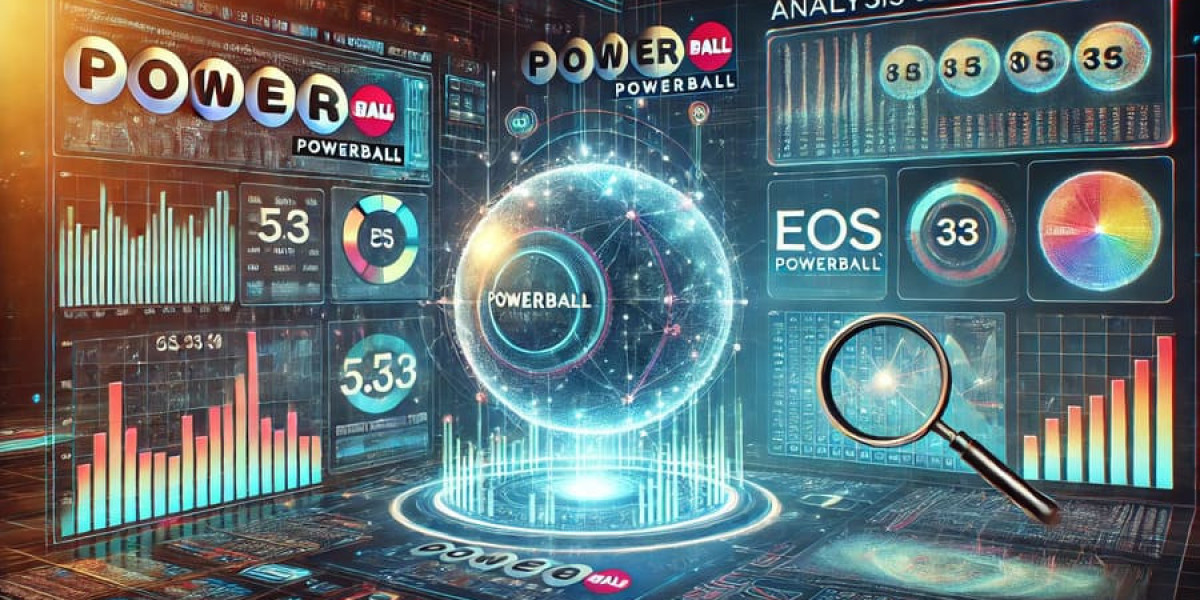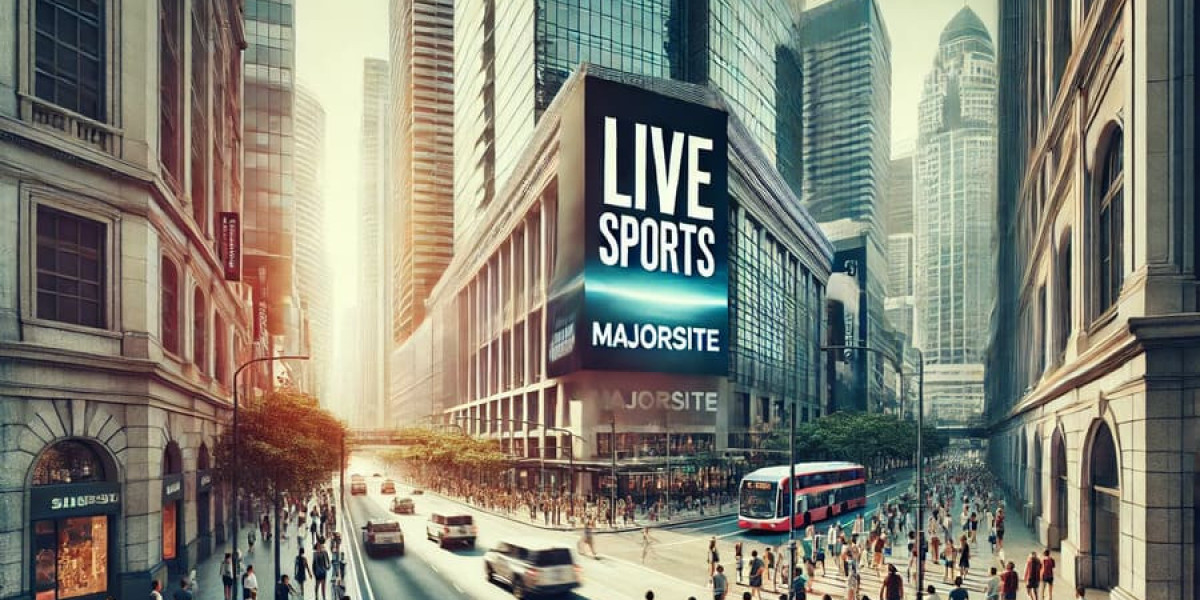The global construction industry is undergoing a profound transformation. With increasing demand for sustainable housing, faster build times, and cost-effective solutions, more people are turning to prefabricated structures. At the heart of this shift is the modern prefabricated house factory — a place where technology, precision, and design come together to redefine what it means to build a home.
Unlike traditional construction sites, where every element is built from the ground up in often chaotic, weather-exposed conditions, prefabricated house factories operate with structure, order, and control. These facilities produce sections or entire modules of a house in an indoor, climate-controlled environment, ensuring that quality is consistent and delays are minimized.
One of the biggest advantages of a prefabricated house factory is its ability to deliver rapid results. Because the bulk of the construction process is handled indoors, it’s unaffected by external conditions like rain, snow, or extreme heat. While foundations are being prepared at the site, the house itself is already being built in the factory. This parallel workflow drastically shortens the overall project timeline and allows entire homes to be ready in weeks rather than months.
These factories are equipped with state-of-the-art machinery and staffed by experienced engineers and workers who specialize in modular design. From framing and electrical wiring to plumbing and insulation, every component is built to specification. Once complete, the parts are shipped to the installation site, where they’re assembled like high-precision puzzle pieces.
What’s impressive is that these homes aren't just functional — they're also beautiful. Modern prefabricated house factories produce buildings that are stylish, energy-efficient, and fully customizable. Clients can choose from a wide range of layouts, materials, finishes, and smart features to suit their personal tastes and lifestyle needs.
Customization is one of the key benefits driving the popularity of prefabricated homes. Whether you’re designing a vacation home in the mountains, an urban guesthouse, or a remote construction camp, the factory model allows you to choose exactly what you want — without the uncertainty and complexity of on-site construction.
Affordability is another strong reason why so many individuals and developers are opting for prefabricated solutions. A prefabricated house factory minimizes material waste, reduces labor costs, and allows for efficient bulk production. These savings are passed on to the customer, making it possible to build high-quality homes at a fraction of the cost of traditional methods.
The sustainability factor is equally important. Because construction is controlled and measured, waste is minimized. Many factories now offer eco-friendly materials, energy-saving design options, and support for off-grid living solutions like solar integration. It’s an environmentally responsible way to build — and one that aligns with the increasing demand for green living.
Safety also plays a major role in the factory setting. Workers operate in a stable, organized environment where risks from falls, weather, or construction site hazards are greatly reduced. Additionally, the controlled setting allows for higher precision in engineering and assembly, resulting in safer and stronger structures overall.
For developers, the benefits go even further. A prefabricated house factory can scale production to meet large housing project needs, offering consistent quality and fast delivery times. Whether it’s an affordable housing project, a resort complex, or a series of offices for a growing company, prefab manufacturing can meet tight deadlines and demanding specs — something traditional construction often struggles to do.
The global appeal of prefabricated housing has put factories in China at the forefront. Chinese factories are especially well-positioned to meet international standards, with a deep focus on precision, high-volume capacity, and cost competitiveness. Their ability to produce, package, and export customized modules to countries worldwide has positioned them as a reliable choice for governments, NGOs, and private developers alike.
At its core, a prefabricated house factory represents the future of construction: efficient, smart, affordable, and sustainable. It allows for beautiful, durable homes to be built faster than ever — with less waste and more control. And in a world where housing needs are growing more urgent and diverse, that kind of solution isn’t just convenient — it’s essential.
Whether you’re building a single-family home or managing a multi-unit development, working with a prefab house factory means tapping into innovation. It’s a step forward in how we think about space, shelter, and smart living.








